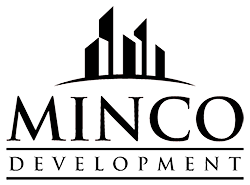40R 101: Learning the Basics of Smart Growth Zoning

As our first in a series of blog posts centered on Smart Growth (and its interconnection with one of our most recent endeavors—One Boston Way in Newburyport) we thought a little introduction to the basics of Smart Growth, or 40R zoning, would be helpful.
Picture the traditional cookie-cutter development: homes spread out over large swaths of land without much concern for the preservation of open space or proximity to transportation hubs and retail centers.
Chapter 40R is everything that a cookie-cutter development is not. The Smart Growth Zoning and Housing Production Act – Chapter 40R – promotes compact residential and mixed-use developments in areas near transit stations, commercial centers, or other suitable locations while leaving the surrounding land untouched.
In short, a Smart Growth Zoning Overlay District needs city or town approval before it is superimposed over one or more zoning districts in the eligible location, setting the stage for the creation of a well-planned and integrated neighborhood of homes and businesses.
To zero in further, a 40R development is characterized by the following features:
- The district requires minimum densities of eight units per acre for single family homes, 12 units per acre for townhouses, and 20 units per acre for condominiums and apartments.
- Twenty percent or more of the homes developed must be deemed affordable; in other words, they will be occupied by families or individuals who make less than 80 percent of the area-wide median income.
Since its enactment in 2004, 33 40R zoning districts have been created in 31 municipalities across the Commonwealth. In Haverhill, for example, a smart growth overlay district contributed to the revitalization of the central business district and the preservation and rehabilitation of mill space, and reinvigorated the streetscape.
As you may have read in the local newspaper, city officials in Newburyport are in the process of reviewing the potential of Smart Growth Zoning Overlay District near and around the Route 1 Rotary where Minco Corp. has proposed a mixed-use development, One Boston Way, of 80 apartments and 3,500 square-foot of shared office space and live-work units near the MBTA train station.
But what is it about 40R that makes it such an attractive option to so many communities?
- 40R provides direct cash payments to cities and towns that create zoning overlay districts that meet all the requirements of the statute. Besides a zoning incentive payment of up to $600,000, localities qualify for a density bonus of $3,000 per unit, which to date has amounted in some municipalities receiving as much as $2 million in incentives. The payments come with no strings attached, enabling the municipality to allocate the money as it sees fit.
- The state covers the cost of educating any school-age children who move into a 40R development. Qualifying communities are reimbursed for the net cost of educating students.
- 40R allows the municipality to increase its stock of affordable housing while maintaining control not only over the location of the development, but also its design to ensure the new homes complement existing structures and tie into the overall housing plan of the community. The city can, for example, set design standards for the scale and proportions of the building, width and grade of streets and sidewalks, the protection of natural site features, the location and design of on-site open spaces, and much more.
The control over the location and design are key aspects of 40R and stand in sharp contrast to Chapter 40B or the Massachusetts Comprehensive Permit Act, which allows developers of affordable housing to override certain aspects of local zoning bylaws. Under 40B, the municipality is put in “more reactive position” since it is the developer that chooses the site. If a zoning board of appeals rejects the 40B proposal during site plan review, a lengthy appeals process is also set in motion.
40R, on the other hand, is known for prompt and predictable permitting. And unlike under 40B, public hearings play an integral role in the creation of a smart growth district. The timely process also brings down cost.
In the words of Rep. Kevin Honan, chair of the Legislature’s Joint Committee on Housing: “[Chapter] 40R brings civility to development.”


